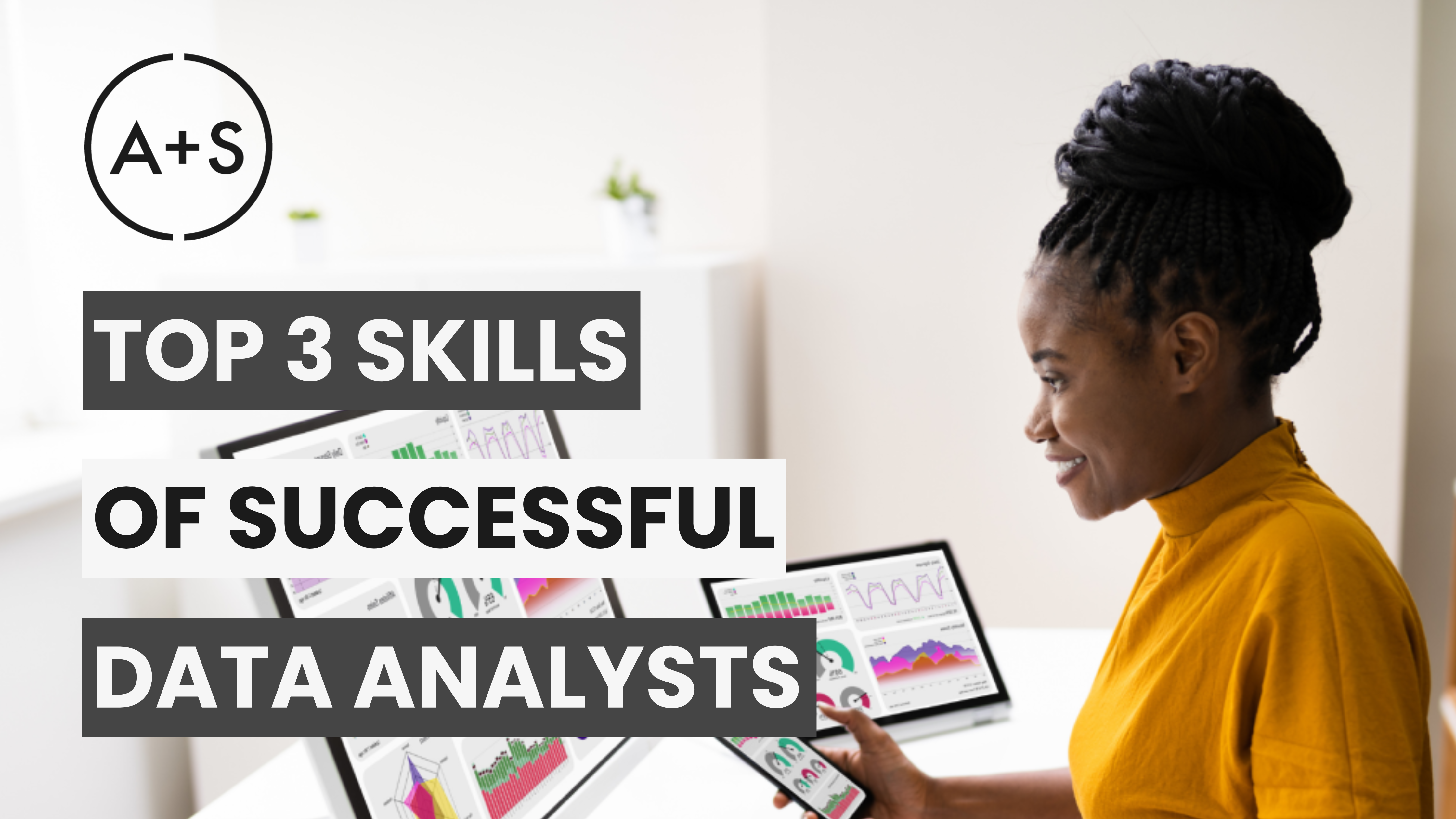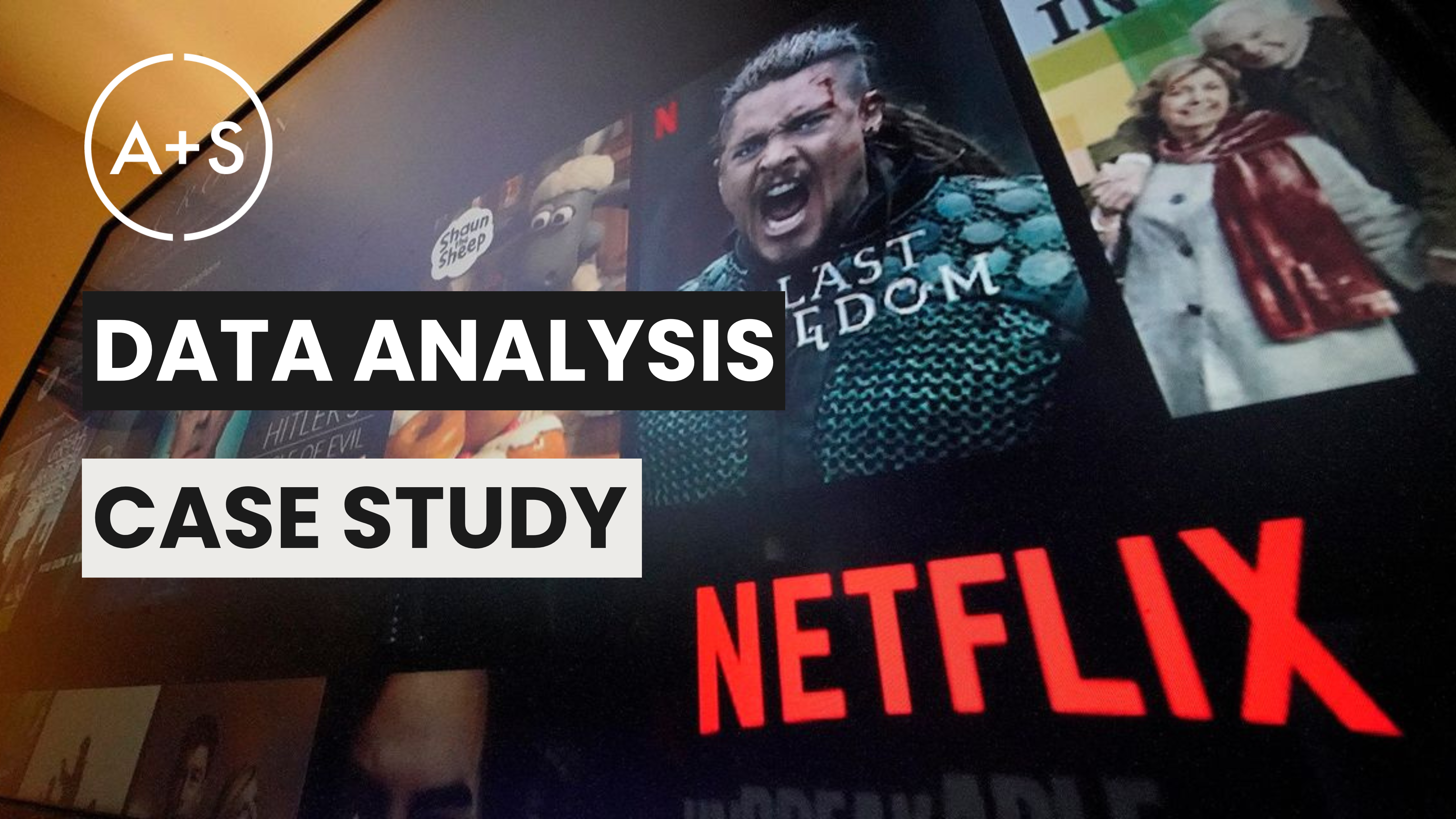Successful organizations today are built on happy employees. It’s rare to find thriving companies — those creating great products, meeting operational goals, and generating profits — that don’t feature a strong company culture, driven individuals, and a positive work environment. Consequently, understanding the factors that drive employee engagement, retention, and attitude is crucial.
The innovative and growing field of People Analytics allows us to decode the employee experience and pinpoint the reasons behind workforce performance (both the good and the bad). According to Gartner research from earlier this year, nearly 80% of HR leaders say they now rely more heavily on employee data for decision-making compared to four years ago. Companies are leaning more into HR data and hiring more analysts.
But which specific metrics should an organization prioritize? And how can you — the analyst — help your company become stronger and a better place to work? Let’s explore some key measures that help companies create work environments where employees are motivated to stay, develop their skills, and positively contribute to the company’s growth.
Why People Analytics is Essential
It is not hyperbole to say that People Analytics has revolutionized human resources. It has enabled organizations to make data-driven decisions about their people instead of relying on gut feelings from management. Using data in this way allows companies to measure elusive aspects of employee experience — such as effort, job satisfaction, and overall well-being. With this insight, organizations can take targeted actions to enhance employee satisfaction and boost overall performance.
One of the main advantages of People Analytics is its ability to predict potential challenges before they arise. With the right data, companies can identify early warning signs of issues like high turnover rates or employee burnout. For example, a sudden decrease in engagement scores within a team may indicate problems with management or workload distribution. By catching these indicators early on, organizations can prevent them from poisoning a team or spreading to other parts of the company, retaining valuable talent and improving overall morale.
However, it’s important to recognize that engagement and retention are complex and multifaceted concepts that cannot be accurately measured using a one-size-fits-all approach. Knowing the performance scores of your employees is nice, but each organization and team within it have unique dynamics. People Analytics enables companies to move beyond general, broad measurement and focus on metrics relevant to their unique culture and workforce.
The Metrics that Matter
Let’s take a closer look at some of the most important People Analytics metrics that provide truly valuable insights into the nuances of employee sentiment, behavior, and loyalty.
Employee Net Promoter Score (eNPS): Measuring Loyalty
One of the simplest and most powerful tools for gauging employee sentiment is the Employee Net Promoter Score (eNPS) based on the concept of a consumer-facing NPS designed in 2003 by Fred Reichheld of the consulting firm Bain & Company.
eNPS asks a single question: “On a scale of 0-10, how likely are you to recommend this company as a place to work?” followed by the all important follow-up of “Why?” to understand the reason an employee scored the survey as they did. Depending on their response, employees are categorized as Promoters (responded with a 9 or 10), Passives (7 – 8), or Detractors (6 or below). These simple surveys are usually collected through pulse surveys that can be sent to the entire workforce or triggered to specific employees following key events (like the completion of a training, performance reviews, etc.).
Why is eNPS important? Think of it as a way to keep a thumb to the pulse of employee loyalty and enthusiasm. A high eNPS score suggests that employees feel positive about their organization, while a low score can indicate dissatisfaction or cultural issues. By monitoring eNPS over time, especially after significant changes like restructuring or leadership transitions, you can track whether employee sentiment is improving or declining but — more importantly — why its moving. By breaking down eNPS by department, job role, or length of employment, People Analysts can identify specific areas that may need attention.
Turnover, Retention, and Attendance: Moving From Lagging To Leading Measurement
In order to truly understand the dynamics of their workforce, successful organizations look beyond the lagging indicators of turnover and retention rates. While these metrics provide a snapshot of stability within the company, they typically reveal issues only after they have already affected team morale, productivity, and culture. Forward-thinking companies know that in order to catch potential problems early on, they must pay attention to leading indicators such as absenteeism and attendance.
Leading People Analytics teams use metrics such as attendance, absenteeism, and engagement to accurately measure employee well-being and loyalty. These metrics act as a real-time gauge, providing early detection for potential engagement issues before they result in high turnover rates. By closely monitoring patterns and addressing any challenges that arise, companies can prevent burnout and support their employees’ dedication. When implemented ethically and with transparency, the use of this data can create a culture of trust rather than one of surveillance. This enables companies to implement tailored retention strategies based on insights from both attendance and turnover data, allowing them to proactively address any challenges within specific teams before they escalate.
By integrating absenteeism and attendance data with turnover insights, top companies understand that high-level retention metrics are only as effective as the leading indicators behind them. This allows organizations to proactively address challenges, foster loyalty, and maintain a culture where employees feel valued, supported, and engaged.
Performance and Productivity Metrics: Gauging Contributions and Potential
Traditionally, productivity has been measured solely by output. However, modern performance metrics take into account a broader range of factors. Today’s People Analytics approaches use data to gain more a nuanced understanding of employee efficiency, work quality, and overall impact on the team and organization. This includes tracking goal attainment, project outcomes, and evaluations from peers and managers.
Why is this data so valuable? It serves as a clear indicator of employee motivation, engagement, and support. A decline in performance can signal potential barriers such as burnout, unclear expectations, or a mismatch between an employee’s skills and their role.
Additionally, analyzing performance data over time allows for the identification of patterns that may not be apparent in traditional reviews. By linking performance data with measures of engagement, turnover, and absenteeism, analysts can uncover any correlations or trends. For example, are top performers more likely to stay with the company? Are dips in productivity tied to changes in company policies or workload? These insights provide companies with the information needed to make adjustments and help employees reach their full potential.
Time to Hire: Measuring Recruitment Efficiency and Organizational Appeal
Time to Hire is a critical metric that tracks the number of days between posting a job opening and hiring a candidate. This measure provides insight into recruitment efficiency, helping organizations identify how quickly they can fill roles and meet business needs. A shorter Time to Hire often indicates a well-optimized recruitment process, suggesting that sourcing, screening, and interviewing stages are effective. Longer times may highlight areas where recruitment processes can be streamlined or signal challenges in attracting qualified candidates.
Beyond efficiency, Time to Hire also serves as a check on the organization’s appeal to prospective employees. Consistently high Time to Hire metrics may reveal broader issues, such as overly competitive roles, misaligned candidate expectations, or employer brand weaknesses. Companies often monitor this metric across departments and job levels, using it to set benchmarks and improve processes. By tracking Time to Hire, organizations can optimize their recruitment workflows, adjust their employer brand strategy, and ultimately create a smoother, more appealing hiring experience for candidates.
Connecting the Dots: Bringing Metrics Together for a Holistic View
Individually, each of these indicators provides a glimpse into the daily life of an employee. However, to get a complete understanding, it’s crucial to view them in relation to one another. For instance, combining eNPS with turnover rates can reveal whether positive feelings are translating into employee commitment. Recruitment data offers a view into the marketplace’s perspecitive on the organization. Analyzing absenteeism data alongside performance metrics could uncover patterns that indicate employees may need additional support to prevent exhaustion.
AI and machine learning have significantly enhanced HR’s capacity to draw meaningful insights from data, offering predictive models that can identify flight risks well before employees hand in their notice. These tools enable analysts to quickly uncover engagement trends and turnover risks, empowering HR teams to address potential issues proactively. By foreseeing concerns like workload dissatisfaction or limited career growth opportunities, companies can implement preventive measures to enhance employee experiences and, consequently, boost retention rates.
However, the power of People Analytics lies not just in predictive accuracy but in the depth and transparency of data collection. To drive genuine engagement, companies must approach data collection openly, obtaining informed consent from employees and clearly communicating how their information will be used to improve the workplace. This trust-centered approach fosters a culture of respect where employees feel valued rather than surveilled, ultimately leading to a happier, more engaged workforce.
Data alone cannot drive engagement and retention — its value lies in telling a meaningful story and guiding actionable strategies. People Analytics must go beyond numbers to capture the nuances of the employee experience, including work-life balance, recognition, and meaningful peer connections. When analyzed with empathy and intention, this data becomes a powerful tool for shaping a workplace where employees feel heard, understood, and empowered to grow.
Action Steps for Analysts
To put these ideas into practice as a People Analyst, follow these steps:
- Build Strong Partnerships With HR And Management: Approach your role as more than just a data provider. Aim to be a strategic partner. Use data storytelling to make complex metrics clear and impactful, helping leaders understand the “why” behind the numbers. By presenting insights in ways that resonate, you’ll not only make the data accessible but also encourage leadership to act on it.
- Translate Insights Into Tailored Programs: When your data uncovers specific areas for improvement — like stress among new hires or gaps in training — take it a step further by collaborating with HR to design solutions that address these insights. Use your analytics to pinpoint targeted interventions, such as tailored wellness programs or enhanced mentoring for key employee segments. Be proactive in suggesting initiatives that directly reflect what the data is telling you about employee needs.
- Adopt A Continuous Learning Mindset: Embrace an iterative approach to analysis. Keep yourself efficient by taking a hypothesis-driven approach to People Analytics but regularly revisit key metrics and always question your own assumptions. Remember, data trends and employee needs evolve so your analysis should, too. Reassess your insights over time and be prepared to adjust your recommendations. This keeps your analysis relevant and responsive to the shifting dynamics within the organization.
People Analytics has the power to transform workplaces by offering leaders crystal-clear insights into what works — and what doesn’t. As analysts, we bear the responsibility of turning these insights into concrete actions, fostering a workplace culture that cherishes its employees as much as its bottom line.




